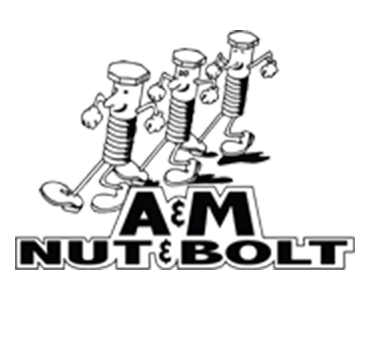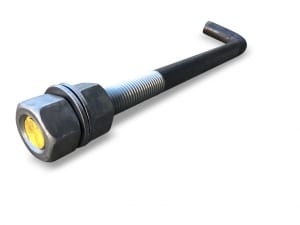Bent Anchor Bolts are also commonly referred to as J-Bolts. They are a standard means of anchoring a structure to it’s foundation. For instance, they have been a reliable method by which to anchor things like a backyard block wall and a small building.
There a several critical components to a bent anchor bolt. They are as follows: The long leg, the short leg (or hook), the threads (on the long leg), and the hex nuts and washers.
Here’s how a Bent Anchor Bolt works:
As part of the manufacturing process, a Bent Anchor Bolt is given a short leg or “hook”. This is simply a 90-degree bend given to the bolt so that it takes on the shape of a capital “L”.
Once they’re in the field the Bent Anchor Bolt is held in place by a template. This template is used to hold Anchor Bolt positioning before concrete is poured. It helps to keep the bolt properly positioned related to the depth of the foundation, the desired projection of the thread from the concrete, and proximity to other bolts.
Once the bolts are in place then the concrete is poured. Some of the threaded end of the Bolt will project outward from the surface of the concrete . Once the concrete cures a fabricated steel structure can be fastened to the threads on the projecting end of the Bent Anchor Bolt.

